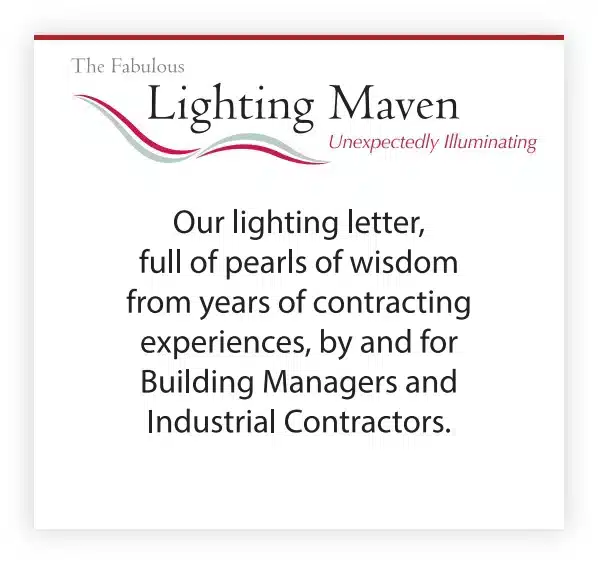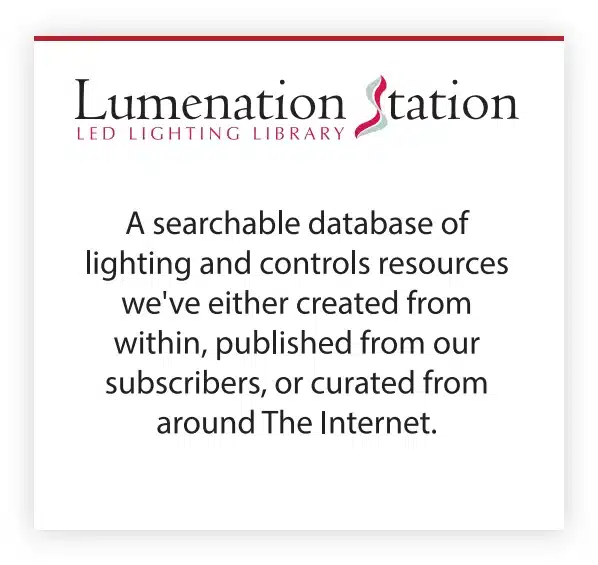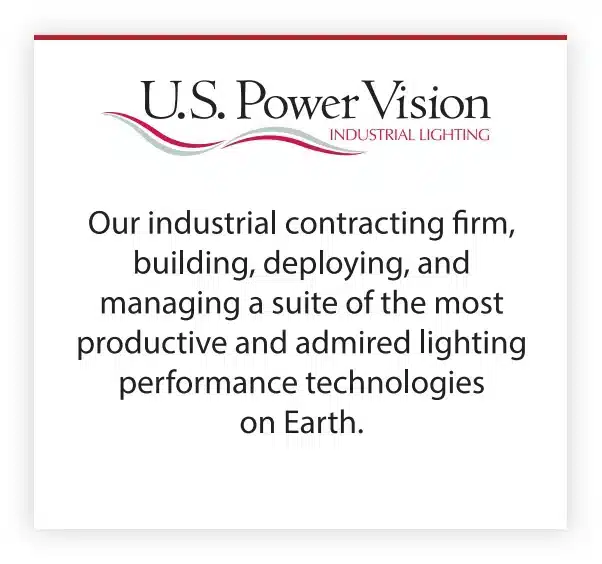Dear Reader:
We believe generally that the typical focus during an LED buyer’s due diligence is on what can be expected during the initial performance of a new lighting system – hoping that once installed, everyone will look up and ooh and aah – but with not enough importance placed on anticipated performance over the length-of-life of that system.
That said, looking for the ‘Rated Life’ metric in a product line’s specifications will pay huge dividends.
Energy Star requires that a fixture be tested at three different temperatures over a period of 6,000 hours. This provides the buyer with an understanding of how long a fixture can be expected to functionally live – as defined as outputs that are no lower than 70% of its original lumen output.
This method, known as TM-21, provides mathematical calculations that simulate the full length of life for each temperature tested.
Why 70% as the tipping point? The Alliance for Solid State Illumination Systems and Technologies has found that lumen depreciation only becomes noticeable to the human eye when a light source has lost 30% of its initial luminance.
And why 6,000 hours of testing? Well, a 100,000-hour test isn’t practical (that would take over 11 years), and many LED fixture lines last that long today, as this technology throws off very little internal heat. 6,000 hours has been determined to be statistically significant, from which anticipated longer-term trend lines and rating decisions can be derived.
It’s a given that heat ages any electronic device. Recognizing the wide range of environments in which a typical LED product line can be utilized, it’s important for the Facilities Manager to concern him/herself with precisely how the fixture will age within that buyer’s specific building, work conditions.
As you might imagine, a high bay will age faster in a foundry than it will in a food processing cooler, and you will want to have a comprehensive expectation toward anything you’re considering purchasing.
Lighting geeks may also want to look in on the U.S. Department of Energy’s LM80 testing, as the DOE and the Illuminating Engineering Society worked together to create this testing criteria for lumen maintenance.






